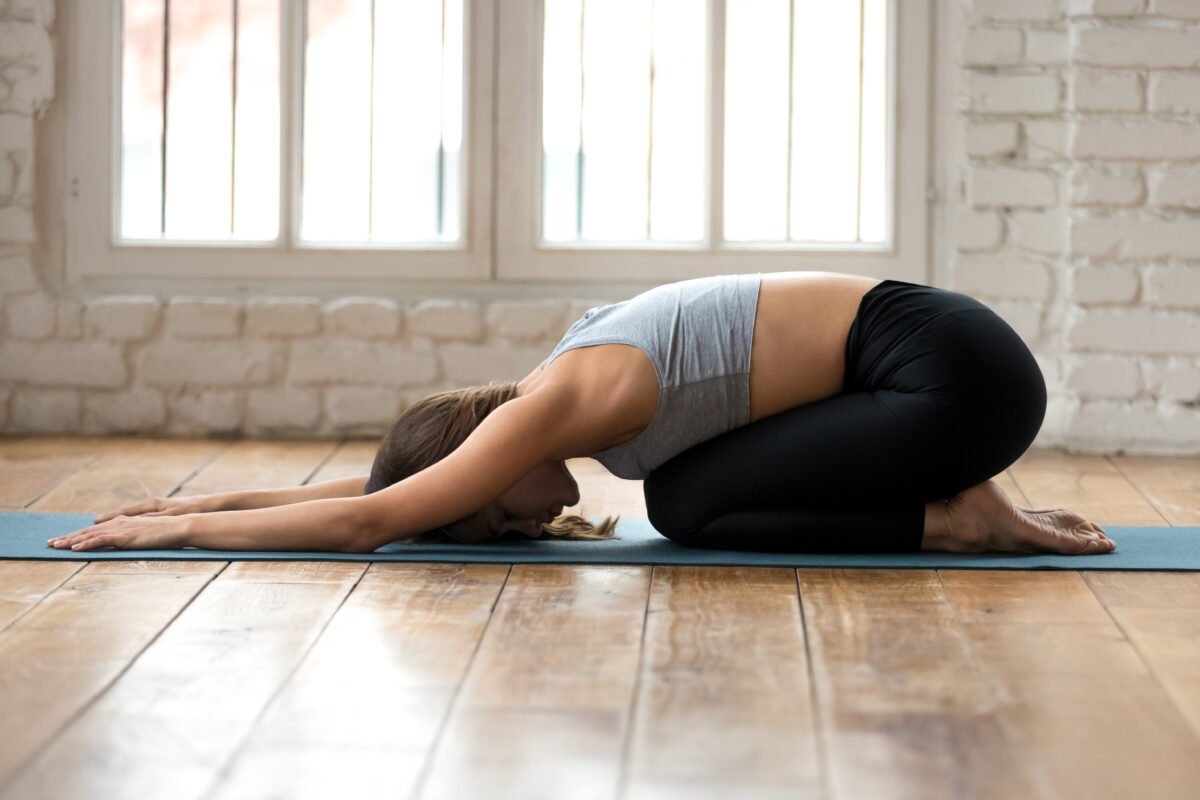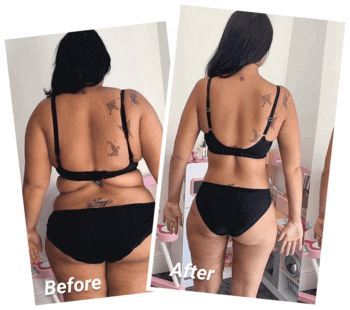Release strain, build up power, enhance flexibility, and improve balance!
Yoga is much more than flexibility, it’s an excellent means of developing strength, improving your endurance, improving your balance, and feeling more in tune with your own body. If you re new to yoga, stepping into your regular class can be an unnerving experience. You might be out of practice and may make others uncomfortable with yourself. Where do those feelings come from, anyway?
There are always beginner courses available at most studios should you wish to practice one, but most individuals prefer to begin their practice at home. Our Basic Flow is a wonderful option for novices that want to feel flexible and energetic all over!
Here are a few tips for a successful flow.
If you are new to this world, we have a few lessons on multitasking that contribute to swift and efficient movement. Here are a couple things that you can keep in mind:
Create a space to enter.
Yoga should be calm. The practice is designed to help you become calm and to concentrate. You should try to put yourself in a quiet space to practice the positions at home. However, we don’t recommend performing the full body yoga flow in the middle of your living room with the pets or family running around the room while you do yoga. However, we don’t recommend practicing the positions in the home room with the pets or family while running around the room while you practice.
The ideal spot is the corner of your room, in your workplace, or in the back patio. It ought to be warm, not hot, with absorbent flooring and a comfortable mat, for additional cushioning and traction.
Breathe Naturally
Yogis can affirm they ve struggled with holding their breath (when they ought not have to) during pose routines by Yogis of all expertise levels. Training as a result of attending a course provides one benefit: Numerous teachers excel at pointing out that we keep our breaths and remind us to remain focused on them when waiting for instruction. Practicing at home means we are entirely in charge of keeping ourselves breathing.
Our breathing strategy is integral to enhancing our yoga experience. For example, while with one hand in a pose, you should take relatively slow breaths for the duration of the posture. However, you might understandably find it difficult to breathe while you emerge from one position to another. Fortunately, I have a profound tip that s that I have used for many years and which I highly advise you to use from now on.
Interact with the natural movement of your spine while breathing.
Let me explain: Whenever you inhale, your back rises along with your chest, causing your spine to become straighter. Conversely, your back drops as your chest entirely empties. You will observe that all the following poses will require you to either raise or lower your spine when moving into the next pose. On a lift (straighten), inhale and on a lower (bending), exhale.
Except for if you are absolving yourself, you must inhale. Because your head is within your spine, always lead with it. It may seem uncomfortable initially, but with and work, it will become so smooth as silk!

